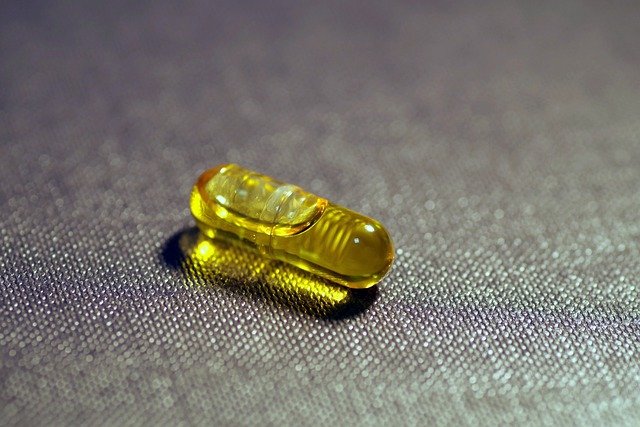
Vitamin D, often called the ‘sunshine vitamin,’ is vital for overall health. Your body makes it when your skin meets sunlight. But sunlight isn’t the only source. In this article, we explore the myriad Sources of Vitamin D, including natural and supplemental options. Learn how to ensure you get enough of this essential nutrient.
1. Sunlight: The Natural Source
The most natural and primary source of vitamin D is sunlight. Exposure of your skin to ultraviolet B (UVB) rays from the sun activates a series of chemical reactions that result in the production of vitamin D in your body:
- UVB Exposure: Sunlight contains UVB rays, which are responsible for initiating the production of vitamin D in your skin. The amount of UVB exposure required varies based on factors like skin type, geographical location, time of day, and season.
- Skin Synthesis: When UVB rays penetrate your skin, a precursor molecule in your skin, 7-dehydrocholesterol, is converted into vitamin D3 (cholecalciferol).
- Liver and Kidneys: Once produced, vitamin D3 is transported to the liver and kidneys, where it is converted into its active form, calcitriol. This active form is responsible for the many health benefits associated with vitamin D.
2. Dietary Sources of Vitamin D
While sunlight is a natural source, you can also obtain vitamin D through your diet. However, it’s worth noting that vitamin D has limited food sources. Some dietary sources include:
- Fatty Fish: Salmon, mackerel, trout, and tuna are excellent sources of vitamin D. A 3-ounce serving of cooked salmon can provide around 570 IU (International Units) of vitamin D.
- Fortified Foods: Many food products, such as milk, orange juice, and cereal, are fortified with vitamin D to help people meet their daily requirements. Fortified foods are particularly important for those with limited sun exposure.
- Egg Yolks: Eggs, especially the yolks, contain small amounts of vitamin D. One large egg yolk provides about 41 IU of vitamin D.
- Mushrooms: Some types of mushrooms, like shiitake and maitake, contain vitamin D when exposed to UV light. However, these amounts remain comparatively lower than those found in other sources.
3. Supplements: Filling the Gap
When you lack natural sunlight or don’t get enough from your diet, vitamin D supplements can help. You can find these supplements over-the-counter or with a prescription, usually as vitamin D2 or vitamin D3. Your choice between them depends on your needs and preferences.
Vitamin D is crucial for strong bones, a healthy immune system, and overall well-being. While sunlight is the most natural source, it’s essential to balance sun exposure and UV protection. Adding vitamin D-rich foods to your diet and using supplements if needed can help maintain optimal levels. Consulting a healthcare provider can guide you in meeting your vitamin D needs for the best results.

Read more about:
The Sunshine Vitamin: Understanding the Importance of Vitamin D




